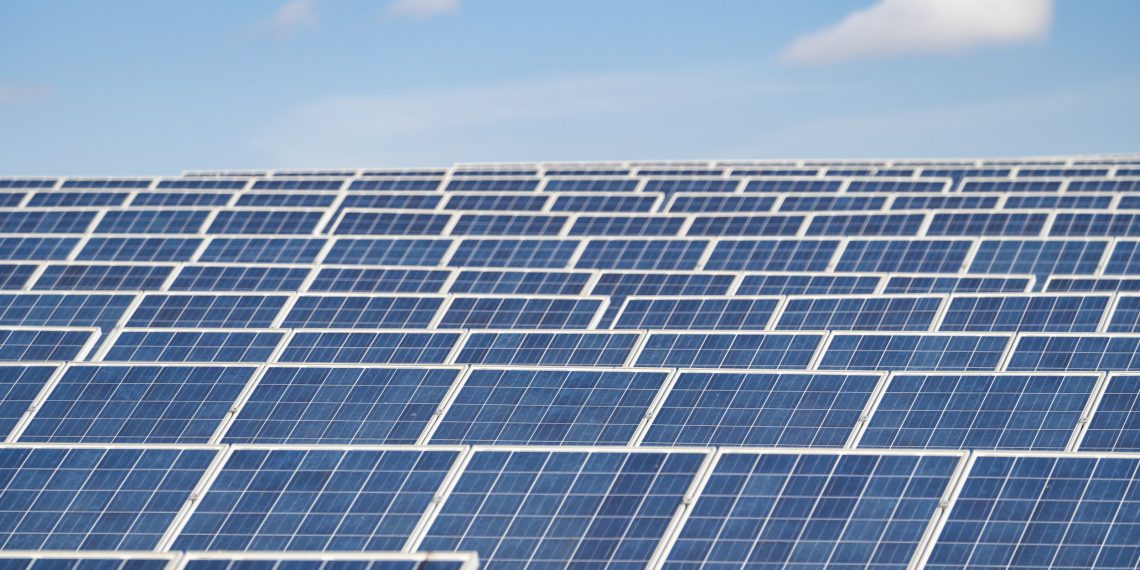The overarching goal of the Dig4morE joint project is to use artificial intelligence (AI) to fully exploit the potential of solar plants. This goal includes the Helmholtz Institute Erlangen-Nuremberg and the photovoltaic companies Sunsniffer, Aquila Capital, and Sunset Energietechnik. The project partners want to develop a methodology that uses AI to quickly and cost-effectively suggest suitable measures for optimizing plants. The evaluation only requires monitoring data that is generated during ongoing operation. The German Federal Ministry for Economic Affairs and Energy (BMWi) is funding the project with more than 2 million euros over a period of three years.
The researchers want to use machine learning to detect performance deficits and defects at an early stage. This is to be made possible by a new procedure that makes it possible to read out performance deficits ‘in-situ’, i.e. directly on the spot, directly from the monitoring data of the individual modules. For the development of the algorithms, Sunsniffer, Aquila Capital and Sunset Energietechnik provide data from a total of eleven of their solar parks, which are distributed throughout Europe.
The extensive studies across the continent take into account the different operating conditions that prevail in the relevant climate zones. Depending on the type of plant and the environment, different problem areas exist for the solar modules.
“In the central German state of Hesse, other factors play a role than on the Portuguese west coast, where strong winds cause the modules to vibrate. The algorithms have to be trained to tell apart different deficits based on basic data like current, voltage and temperature.”
- Dr. Claudia Buerhop-Lutz of the Helmholtz Institute Erlangen-Nuremberg
Towards the end of the year, the first results should be available, from which best-practice examples and recommendations for action can then be derived. Operators can then use these to identify deficits and defects at an early stage — for example, to be able to plan maintenance work such as cleaning measures economically.
An earlier study by the Helmholtz Institute Erlangen-Nuremberg showed how great the need for optimization is. According to the study, around eight percent of European solar modules are not running at full capacity. “In addition to incorrectly adjusted or defective modules, environmental influences such as dust, pollen, bird droppings or tall-growing trees and grasses can also cause the systems to deliver less electricity than would actually be possible,” explains Dr. Claudia Buerhop-Lutz.
With modern measurement technology, it is already possible in principle to detect faulty and underutilized modules, for example through thermographic analyses. But these methods are expensive and time-consuming. Large-scale solar farms are usually inspected using drones from the air. In contrast, the introduction of AI measurement tools such as those in Dig4more is expected to enable more cost-effective and comprehensive analysis.
Prof. Brabec, head of the High Throughput Methods in Photovoltaics department, emphasizes, “We see the use of high-throughput measurement methods as a key technology for the sustainable operation of solar parks. Only by combining measurement technology that can quickly characterize large quantities of solar modules and artificial intelligence can we ensure the best possible yields and longevity for solar fields.”

















